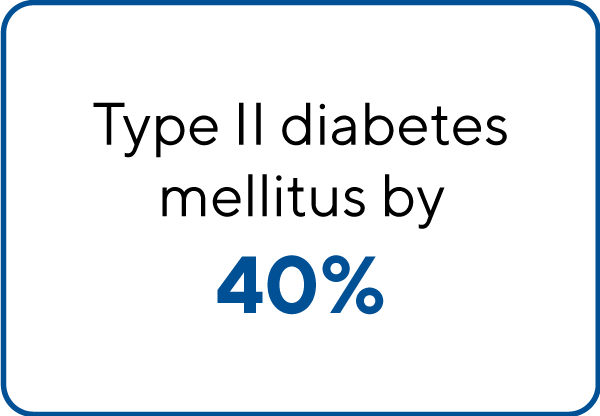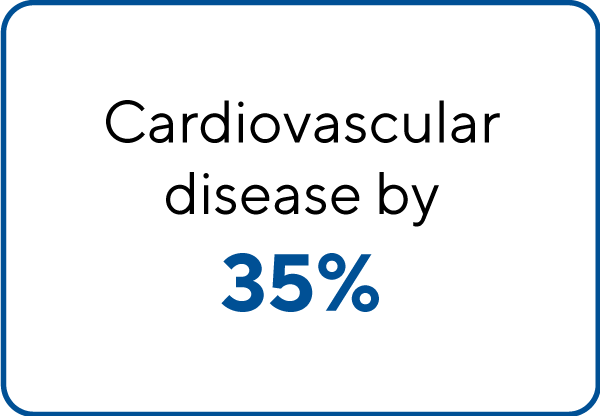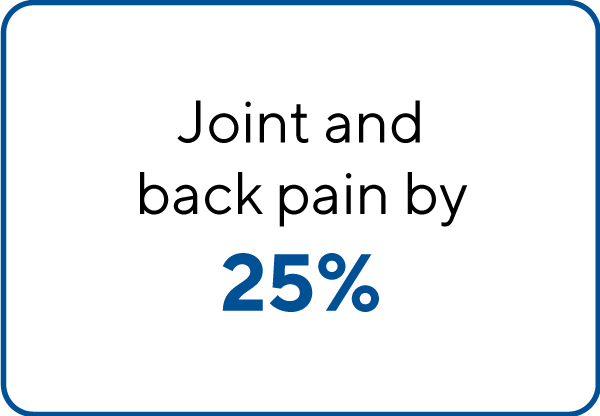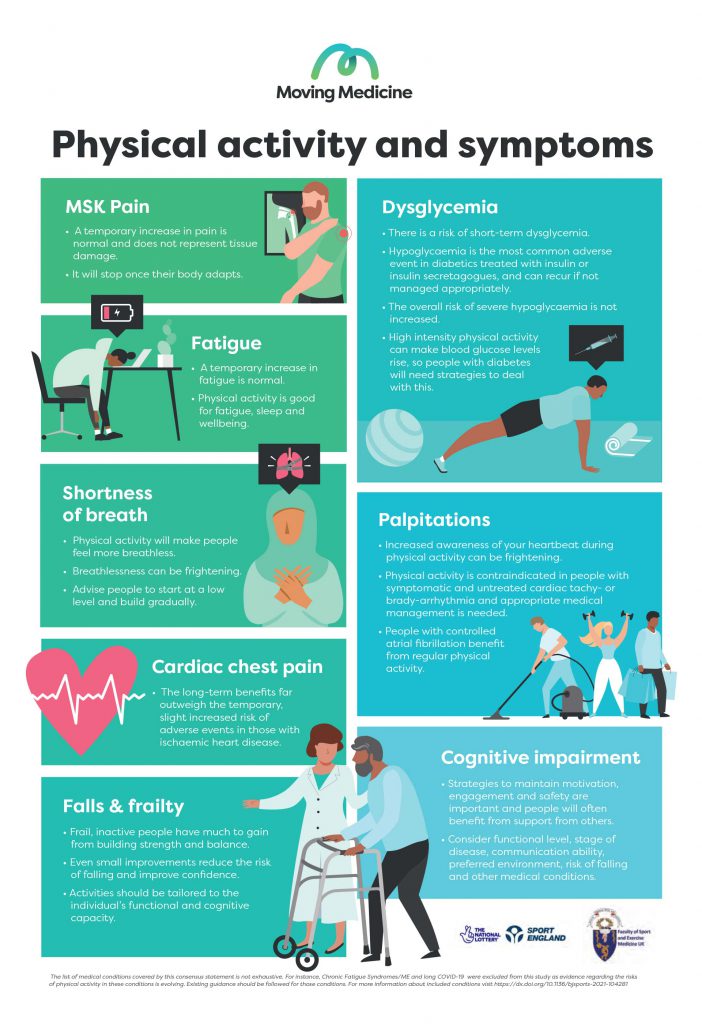Topic 1: UNDERSTAND – the reason for
Quick overview from an expert
In this video, 
Actionable learnings from data or existing studies: sport and physical activity are also key in health promotion of those affected with long term conditions
As we have already seen, physical inactivity has become one of the leading health risk factors globally, long underestimated. Physical inactivity leads to a significant increase in the likelihood of occurrence of many NCDs, such as cancer, cardiovascular disease, chronic respiratory diseases, type 2 diabetes, obesity, musculoskeletal disorders, depression, anxiety, and is therefore rightly referred to as the n1 epidemic in the world. Moreover, physical inactivity is ranking among the frontrunners both in terms of attributable contribution to total deaths and DALY burden (DALY: disability-adjusted life years) and leads to a significant reduction in life expectancy and quality of life.
Against this background, systematic interventions to reduce physical inactivity or to promote and increase physical activity (especially HEPA) in the population are of central importance in terms of health and also social, economic and environmental benefits, both for prevention and for the treatment and management of NCDs.
For example, Physical activity for adults and older adults reduces your risk of:
Source: UK Chief Medical Officers’ physical activity guidelines, 2019
Many studies show that regular physical activity promotes physical and mental health at any age in a comprehensive way. This is true not only for healthy people but also and often in a very special way for people with an NCD. For example, numerous studies show that regular physical activity positively influences the course of the disease, pain, physical functioning, physical abilities, as well as mental health, and quality of life in many NCDs. Very important in this context is also the fact that physical activity can be performed safely, without risks, and without undesirable side effects. That is why (according to the definition) the promotion of HEPA is much more important among general population that engaging in any plain physical activity or sports.
Partly expressed reservations and fears that physical activity could harm people with NCDs are therefore unfounded. If the respective individual conditions are taken into account, physical activity is highly recommended, especially for people with NCDs.
According to the current WHO guidelines on physical activity and sedentary behaviour (2020), adults and older adults should do at least 150-300 minutes of moderate-intensity aerobic physical activity or at least 75-150 minutes of vigorous-intensity aerobic physical activity; or an equivalent combination of moderate- and vigorous-intensity activity throughout the week, for substantial health benefits.
Adults should also do muscle-strengthening activities at moderate or greater intensity that involve all major muscle groups on 2 or more days a week, as these provide additional health benefits. The most important message here is that any movement is better than no movement and that every move counts. Furthermore, adults should limit the amount of time spent being sedentary. Replacing sedentary time with physical activity of any intensity (including light intensity) provides health benefits
Source: https://www.who.int/publications/i/item/9789240015128
The infographics below, developed by Moving Medicine, an initiative by the Faculty of Sport and Exercise Medicine UK, puts things into perspective and help answer some of the concerns regarding potential risks versus benefits of being active.






